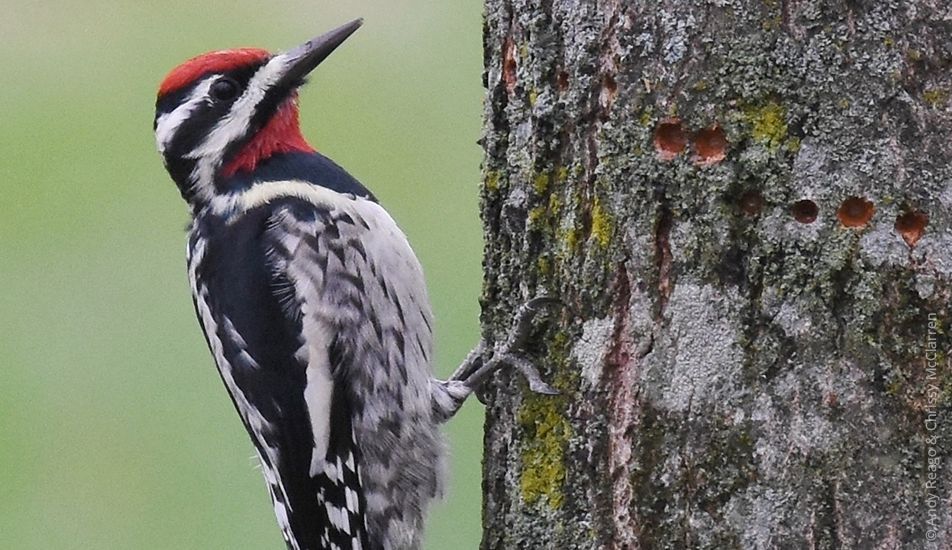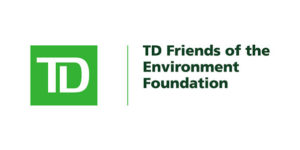Indigo buntings © JanetandPhil CC BY-NC-ND 2.0
About
The goal of the Ontario Breeding Bird Atlas is to map the distribution and relative abundance of the approximately 300 species of breeding birds in the province. The atlas is a collaborative undertaking of Ontario Nature, Birds Canada, Canadian Wildlife Service – Ontario Region, Ontario Field Ornithologists and the Ontario Ministry of Natural Resources and Forestry. A volunteer-based effort, the atlas uses a rigorous approach to determine the distributions and populations of bird species breeding in Ontario, and changes over time.
This enormous project is achievable only through the mass participation of the province’s birders. We are inviting everyone interested in the province’s avian species to participate.
Atlas-3
Time for bird-lovers to hone your identification skills. Data collection for Ontario’s third Breeding Bird Atlas (Atlas-3) began on January 1, 2021 – exactly 20 years after the launch of Atlas-2 and 40 years after the launch of Atlas-1 in 1981.
The research project, which will take five years to complete, will put Ontario at the leading edge of knowledge about the status, distribution and abundance of breeding birds found in the province. It provides a valuable resource for conservationists and researchers. Basic data collection involves recording breeding evidence for as many bird species as possible within a 10-by-10-kilometre-square areas. Birders who recognize species by their song can also do five-minute “point counts” designed to index the number of birds nesting in a given square.
Plenty Canada, in partnership with Ontario Nature, is leading the Two-Eyed Seeing to Share Knowledge of Ontario’s Breeding Birds project, with the goal of meaningfully engaging Indigenous communities in Atlas-3. This project has a “Community First” approach that supports Indigenous communities to lead initiatives that align with their bird-related priorities, including increased protection and recovery of birds at risk and youth on the land programming. To learn more about the project or get involved, contact Plenty Canada’s Indigenous Community Liaisons.
Atlas-2
The Atlas of the Breeding Birds of Ontario (Atlas-2) contains more than 700 full colour pages of photographs, maps, and charts for the roughly 300 species that breed in Ontario. Profits from the sale of atlases go towards bird conservation projects in the province. We have sold out of print copies.
The digital version of Atlas-2 is available, for free, at: www.birdsontario.org/atlas-2/book.
Atlas-2 Stats
- More than 3,000 volunteers logged over 150,000 hours of field work during the development of the atlas.
- Volunteers submitted 1.2 million individual breeding bird records.
- 286 species were reported with breeding evidence in the province from 2001–2005.
- Breeding records were submitted for more than 4,800 10-kilometre squares: covering areas of the province from Hudson Bay to Pelee Island.
- Over 68,000 point count surveys (which quantify species abundance) were conducted and will be used to produce the first province-wide maps of the relative abundance of many species.
- Over 18,000 forms were submitted for rare or colonial species.
Impact
Atlas data are a critical resource for scientists and conservation and can be used to inform recovery plans for species at risk, environmental assessments, and land use planning.
The atlas is an invaluable reference for environmental and resource managers and birders alike.


